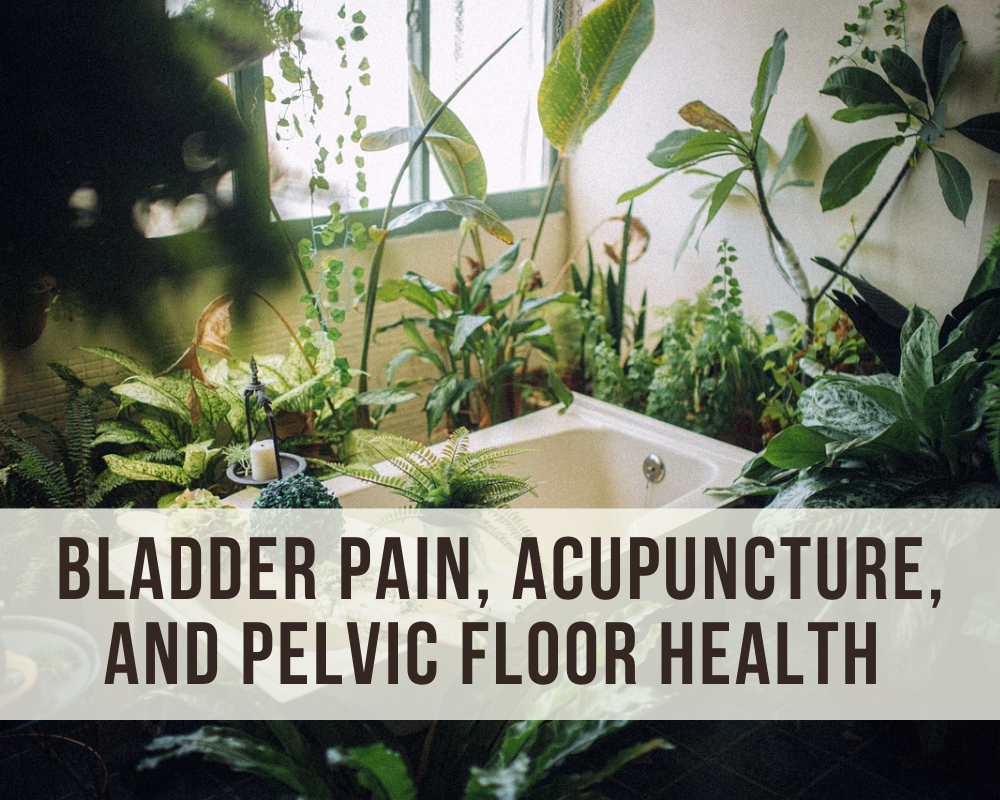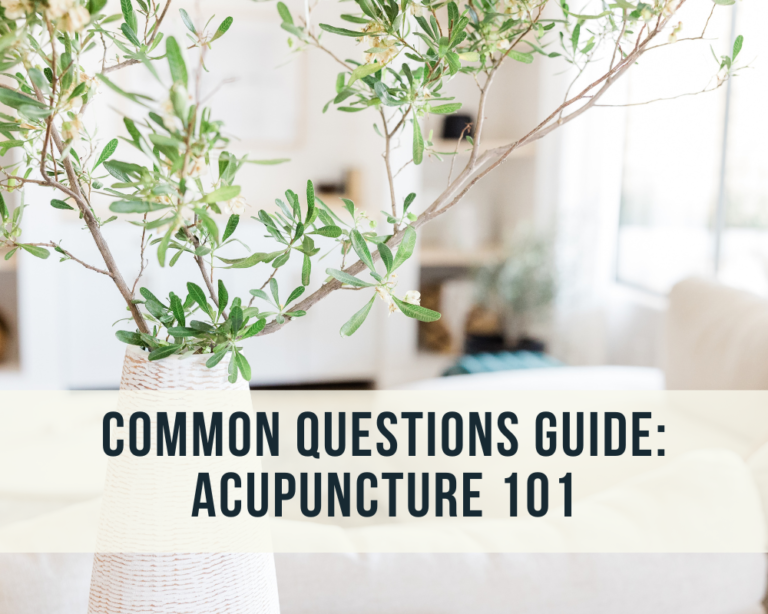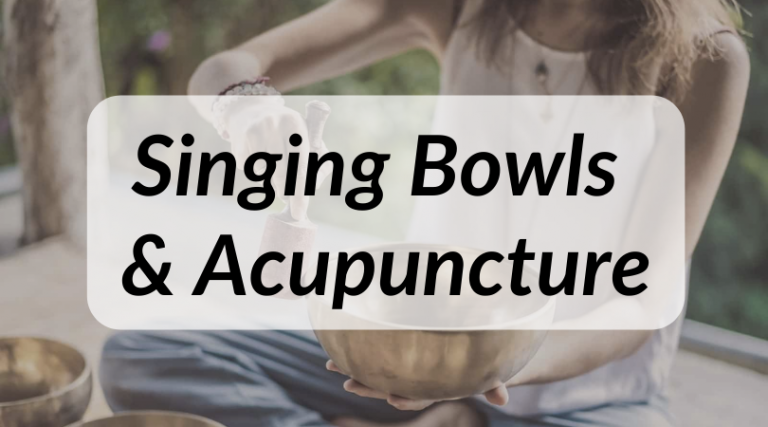Bladder Pain, Acupuncture, and Pelvic Floor Health
Bladder and Pelvic Pain: Reduce Symptoms with Acupuncture and Pelvic Floor Health
This post was originally written and posted in 2011, but the information is still accurate!
There are many causes and types of pain that affect the bladder and pelvic region. Interstitial cystitis or Bladder pain syndrome is a chronic, severely debilitating disease of the urinary bladder. Of unknown cause, it is characterized by pain associated with the bladder, pain associated with urination, urinary frequency (as often as every 10 minutes), urgency, and/or pressure in the bladder and/or pelvis.
Acupuncture holds a special niche of alleviating symptoms of chronic pain and is a great alternative to pharmacological treatments. Because pelvic pain is often a debilitating condition that has existed for several years, acupuncture should be received on a bi-weekly basis for a few weeks to start. As symptoms reduce in severity and frequency, treatment will be spread out.
Many patients receiving acupuncture for pelvic pain report improvement in voiding, decreased pain levels, and medically supervised reductions in medications and most narcotic analgesics. Energy levels, emotional symptoms, constipation, and sexual symptoms are also improved over the course of treatment. Acupuncture treatment enables patients to return to a higher quality of life after many years of impediment.
Along with acupuncture, exercises that specifically address pelvic floor issues will help patients stay well after a course of treatment. A 2008 study published in Obstetrics and Gynecology found that 1 in 3 women have a pelvic floor disorder. The women in this study were between the age of 28 and 85.
Symptoms of PFD include:
- Urinary urgency, frequency, hesitancy, stopping and starting of urine stream, painful urination, or incomplete emptying
- Constipation, straining, pain with bowel movements
- Unexplained pain in the low back, pelvic region, genital area, or rectum
- Pain during or after intercourse, orgasm, or sexual stimulation
- Uncoordinated muscle contractions causing the pelvic floor muscles to spasm
Pharmaceuticals many times do not help this condition and can even worsen some symptoms. Preventative and regularly practiced pelvic floor exercise are imperative to maintaining pelvic floor health and regaining balance in the area and also in women’s lives.
The basics for pelvic floor health:
- First learn to relax pelvic floor. Then strengthen. The pelvic floor needs to be able to do both!
- Sit completely on toilet and relax to fully empty bladder and bowel. Do not strain.
- Avoid “just in case” emptying of bladder and consider “bladder training”.
- When doing Kegels (squeezing the pelvic floor up), or other exercises, do not bulge your abdominals. Learn to hold them in. Use this technique with all activities!
There is A LOT more to learn about our pelvic floors! Peruse the links below for more info:
Interstitial Cystitis Association
Click the following link to view a video of Dr. Andrew Siegel, a urologist, discussing pelvic floor muscle exercises.
If you would like to book an appointment for acupuncture or an herbal consult, click here to visit our booking site.







